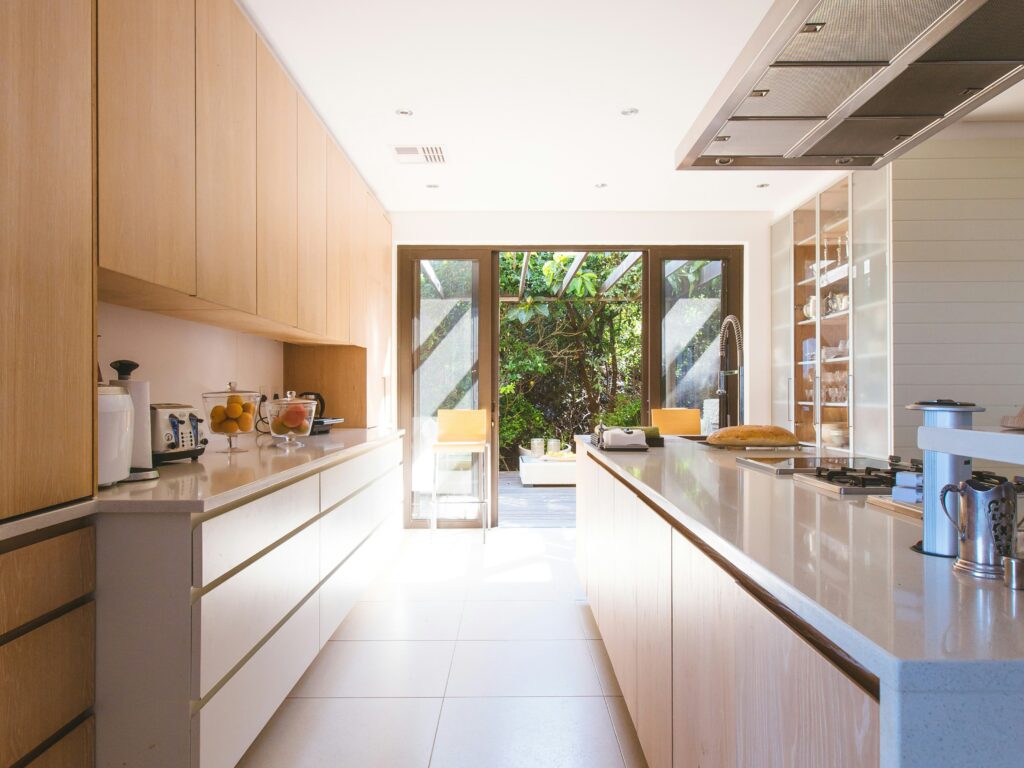Imagine living in a home that not only fits your lifestyle but also helps preserve the planet. Modular ADUs may just be the future of urban living! As cities grapple with population growth and environmental concerns, additional dwelling units (ADUs) emerge as a promising solution. These modular structures are gaining traction for their seamless integration and sustainable living options. ADUs mark a shift towards eco-friendly urban development, as not only are they easier to install, but they are also a form of infill development that is low impact and makes use of existing infrastructure. This makes them an ideal choice for homeowners and communities that are seeking to embrace a greener future in urban settings.
Environmental Benefits of Modular ADU Construction
Off-Site Construction Reduces Waste
As these units are built off-site in a controlled factory environment, the precision and efficiency in material use are significantly enhanced. Modular construction allows for meticulous planning and utilization of resources, reducing the overall weight of waste by up to 83.2% and decreasing the likelihood of over-ordering materials—a common problem seen in traditional on-site construction.
In a factory setting, materials are cut to exact specifications using advanced machinery, ensuring that each piece is used optimally with minimal leftovers. An exceptionally streamlined process not only conserves resources but also leads to a significant decrease in the amount of waste generated. As a result, fewer materials are discarded, which means less waste ends up in landfills, ultimately contributing to a cleaner and more sustainable environment.
Utilization of Existing Urban Infrastructure
Modular ADUs are designed to seamlessly integrate with existing urban infrastructure. By leveraging the sewer systems, transportation networks, and utility lines already in place, modular ADUs eliminate the need for extensive new development, which significantly reduces the environmental impact typically associated with new construction projects.
One of the advantages of this approach is that it conserves resources and helps to maintain the character and stability of established communities. By integrating into the current infrastructure, modular ADUs minimize the disruption that large-scale construction projects can cause, such as noise, traffic congestion, and the displacement of residents. This thoughtful use of existing resources aligns with broader sustainability goals, supporting both urban development and environmental stewardship, and makes the transition to increased housing density smoother and more acceptable to community members.
High-Efficiency Building Envelopes
The construction of modular ADUs often involves the use of advanced materials and techniques that result in high-efficiency building envelopes. These envelopes are meticulously designed to enhance insulation properties and significantly improve energy efficiency. By effectively sealing the structure from outside elements, such as heat, cold, wind, and moisture, they create a stable indoor environment.
The key feature of these high-efficiency envelopes is superior insulation. This insulation helps maintain stable indoor temperatures throughout the year, reducing the dependence on mechanical heating and cooling systems. Minimizing heat transfer through walls, roofs, and floors ensures that the interior remains comfortable regardless of external weather conditions. The enhanced insulation then translates directly into lower energy consumption and a reduced carbon footprint.
Advanced Heating Systems
Advanced heating systems, such as heat pumps, represent a pivotal advancement in sustainable home heating solutions. Incorporating these systems allows homes to achieve remarkable efficiency gains while markedly reducing their environmental impact. Heat pumps operate with exceptional efficiency, replacing traditional gas heating methods and substantially lowering the carbon footprint associated with residential heating. Advanced heating systems offer dual functionality, providing both heating and cooling capabilities in a single unit.
Utilizing more complex heating systems creates environmental sustainability and proves cost-effective over the long term. Embracing these cutting-edge heating technologies in modular ADUs enhances their appeal and positions them as pivotal contributors to a better and brighter future.
Benefits of Living Small
Beyond the practical advantages of additional space for family members, guests, or rental income, living small within an ADU promotes a more sustainable lifestyle. By opting for a smaller living space, homeowners are encouraged to reduce and reuse personal belongings, fostering a mindset of minimalism that extends to daily life. Not only does this help to declutter living areas but it also reduces the overall consumption of resources such as water, electricity, and materials needed for furnishing and maintenance.
Living small fosters a mindset where every square foot of space is maximized for utility and comfort. It encourages creativity in space utilization and design, prompting innovative solutions for multifunctional spaces and efficient storage solutions. For instance, a single room in an ADU might serve as a living area during the day and transform into a bedroom at night through convertible furniture or partitioning solutions. Residents often explore built-in storage options, underutilized areas like vertical space, or modular furniture that doubles as storage units. These strategies can clear up any area as well as enhance accessibility to belongings and optimize the overall functionality of the living environment.
Additional dwelling units represent a compelling pathway toward sustainable living through modular construction. Their reduced environmental footprint and potential for lower costs make them an attractive choice for homeowners seeking eco-friendly alternatives. While their integration requires careful consideration and planning, the long-term benefits are seemingly endless. Comparing similar solutions, like retrofitting an existing structure for energy efficiency, should be explored as viable options, as each presents unique opportunities and challenges.
Seek more information on ADU regulations and design options specific to your area to make informed decisions. Understanding local guidelines and exploring innovative designs will empower you to maximize the benefits of ADUs while contributing to a more sustainable future.
Take the first step towards sustainable living by exploring the potential of ADUs for your property! Whether you’re looking to expand living space, accommodate family members, or generate rental income, ADUs offer versatile solutions that align with eco-friendly practices. As a first step in your ADU journey, you can explore Resimate’s free lot assessment tool to verify if your property is suitable for ADU installation.
